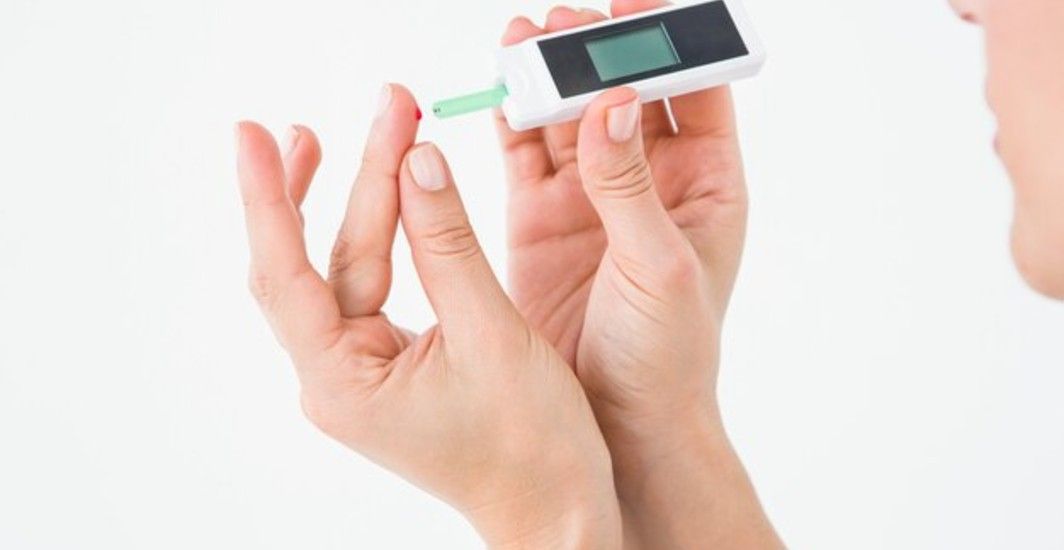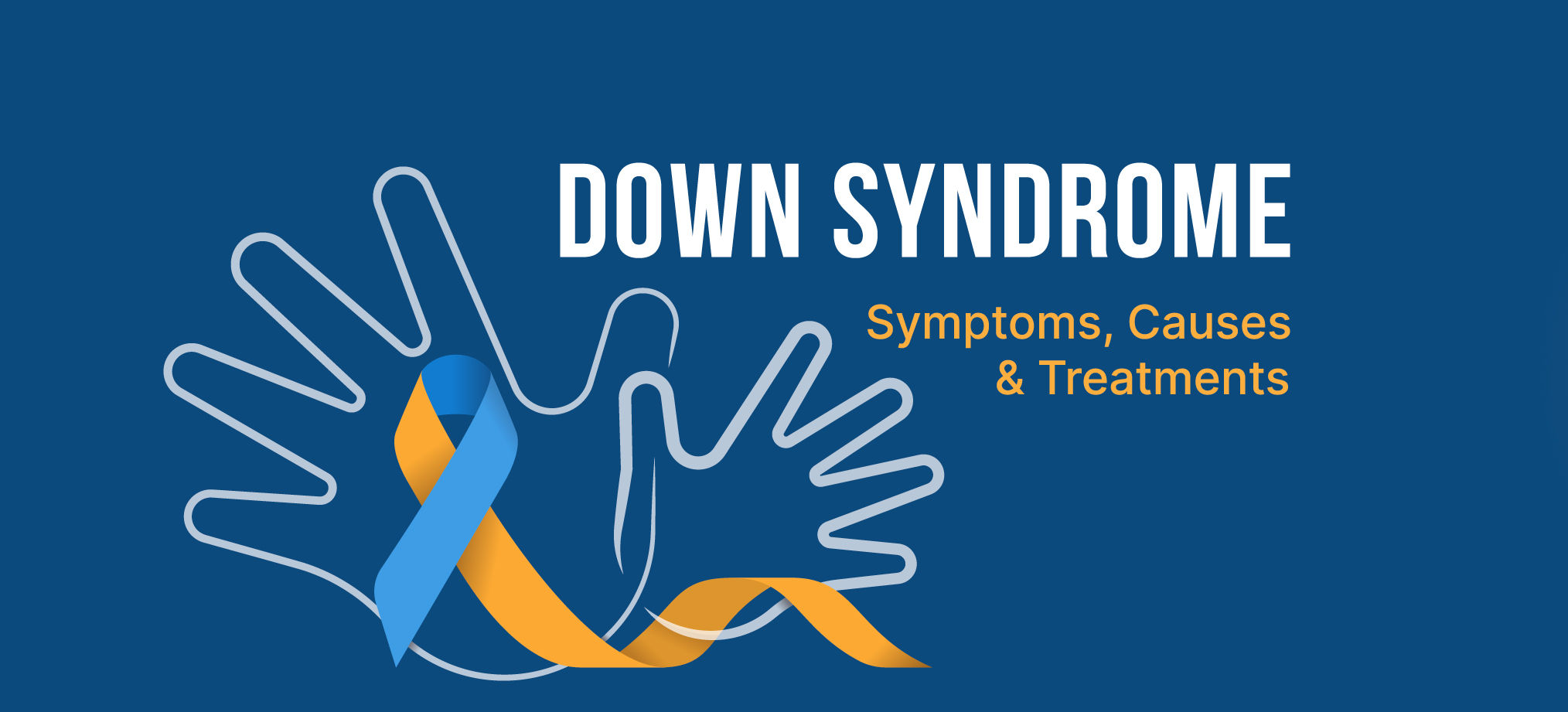General Health
ECG Test – Purpose, Procedure, Normal Range, and Results Interpretation
5 min read
By Apollo 24|7, Published on - 16 May 2025
Share this article
0
0 like
.jpg?tr=q-80)
An Electrocardiogram (ECG or EKG) is a non-invasive, painless test that records the electrical activity of the heart. It helps detect heart abnormalities by measuring the timing and strength of electrical signals as they travel through the heart. The ECG test is a vital diagnostic tool in modern medicine, commonly used to detect heart conditions, monitor existing cardiac issues, and assess overall heart health during routine examinations. In this article, we’ll explore the purpose of an ECG, how to prepare for the test, what the procedure involves, normal reference ranges, including the PR interval, how to interpret the results, and the steps to take if your readings fall outside the expected range.
What is an ECG?
ECG (Electrocardiogram) is a quick, painless, and non-invasive test that records the electrical activity of your heart. It shows how fast your heart is beating, whether the rhythm is steady or irregular, and the strength and timing of electrical signals as they pass through each part of the heart.
Types of ECG Tests
There are several ECG variations, each suited to specific clinical needs:
1. Resting ECG: Performed while the patient is lying still, this is the standard method to detect rhythm problems or heart damage.
2. Ambulatory ECG (Holter Monitor): Worn for 24 to 48 hours, it records heart activity during daily routines to detect intermittent issues.
3. Exercise ECG (Stress Test): Conducted while walking on a treadmill or cycling, it evaluates heart response to physical activity.
4. Event Monitor: Used for patients with infrequent symptoms; it records only when triggered manually or automatically.
Purpose of the ECG Test
The ECG test serves multiple diagnostic and monitoring purposes. Whether for routine heart health assessment or investigation of symptoms like chest pain or palpitations, the ECG offers invaluable insights into heart rhythm and function. Key purposes include:
- Detection of Cardiac Arrhythmias: An ECG can identify irregular heart rhythms such as atrial fibrillation, tachycardia, or bradycardia.
- Evaluation of Chest Pain: Helps determine whether chest discomfort is caused by a heart attack or another heart condition.
- Monitoring Heart Health: Especially in individuals with high blood pressure, diabetes, or a family history of heart disease.
- Pre-Surgical Assessment: An ECG is often recommended before surgery to ensure the heart is functioning optimally.
- Tracking the Effectiveness of Treatments: For patients on medications or pacemakers, ECGs help assess how well the treatment is working.
Preparing for an ECG Test
While the ECG is simple and quick, certain steps help ensure accuracy:
- Avoid Lotions or Oils on the Skin: These can interfere with electrode contact.
- Stay Relaxed: Try to remain calm before and during the test to avoid altering your heart rate.
- Inform the Technician: Let them know if you are taking any heart-related medications or experiencing symptoms.
No fasting or special dietary preparations are needed. The test can be performed in a clinic, hospital, or diagnostic lab.
Procedure for ECG Test
An ECG typically takes 5 to 10 minutes and involves placing electrodes on the skin to capture the heart’s electrical signals.
Step-by-Step ECG procedure:
- Positioning the Patient: You will lie down on an examination table.
- Electrode Placement: A technician places 10 electrodes on the chest, arms, and legs. These are connected to the ECG machine using wires.
- Recording: The machine records the electrical signals and prints or stores the results digitally.
- Removal: Once complete, the electrodes are gently removed.
The ECG is completely painless and requires no recovery time. You can resume normal activities immediately afterward.
Understanding ECG Results
The ECG results are presented as waveforms, each representing a specific electrical event in the heart cycle. Doctors analyse the rhythm, timing, and duration of these waves to detect abnormalities.
Key components of an ECG reading:
- P Wave: Atrial depolarisation (contraction of the atria).
- QRS Complex: Ventricular depolarisation (contraction of the ventricles).
- T Wave: Ventricular repolarisation (relaxation of the ventricles).
- PR Interval: Time between the onset of the P wave and start of the QRS complex.
PR Interval and Its Normal Range
The PR interval is a critical measurement in ECG interpretation. It reflects the time taken for electrical impulses to travel from the atria to the ventricles.
1. PR Interval Normal Range:
- The PR normal range is 120 to 200 milliseconds (0.12 to 0.20 seconds).
- This range helps assess the function of the atrioventricular (AV) node and conduction pathways.
A shortened PR interval may indicate a condition like Wolff-Parkinson-White syndrome, while a prolonged PR interval may suggest first-degree heart block.
2. PR BPM Normal Range:
While the PR interval is measured in time (milliseconds), heart rate in beats per minute (bpm) can influence its interpretation. The pr bpm normal range varies with age, fitness level, and medications, but for most adults, the resting heart rate is between 60-100 bpm. A higher or lower bpm may necessitate adjusted interpretations of the PR interval.
ECG PR Normal Range in Clinical Context
The ECG PR normal range is essential for determining whether the electrical signals in the heart are travelling at the appropriate speed. Abnormalities in this range may indicate conduction delays or pre-excitation syndromes.
A normal PR interval:
- Indicates proper signal delay at the AV node, allowing efficient heart pumping.
- Supports correct timing between atrial and ventricular contractions.
- Abnormal PR intervals can prompt further tests such as Holter monitoring or echocardiography.
Interpreting Abnormal ECG Readings
An abnormal ECG reading does not always mean there is a serious problem. However, it may indicate:
- Arrhythmias: Irregular, too fast, or too slow heartbeats
- Heart Enlargement: Due to hypertension or valve disease
- Previous Heart Attacks: Scars in the heart tissue can alter electrical signals
- Electrolyte Imbalance: Levels of potassium, magnesium, or calcium can affect ECG readings
- Conduction Abnormalities: Deviations in the PR interval, like heart block
Managing Abnormal ECG and PR Interval Readings
If an ECG shows a PR interval outside the normal range, your healthcare provider may recommend:
- Lifestyle Adjustments: Reduce caffeine, alcohol, and manage stress levels.
- Medications: Beta-blockers or antiarrhythmic drugs may be prescribed.
- Further Testing: Echocardiograms or electrophysiological studies for a detailed heart function analysis.
- Monitoring Devices: Holter monitors or implantable loop recorders for ongoing evaluation.
When is ECG Recommended?
An ECG may be recommended under the following circumstances:
- Unexplained fatigue or shortness of breath
- Palpitations or irregular heartbeat
- Dizziness or fainting
- Chest pain
- Preoperative evaluation
- Routine check-up for people over 40 or those with cardiovascular risk factors
Conclusion
The ECG test is a crucial diagnostic tool for understanding heart rhythm and function. It helps detect arrhythmias, past heart damage, and other structural abnormalities. Special focus on the PR interval, including its timing and ECG PR normal range, allows early detection of heart conduction problems. With minimal preparation and quick execution, ECGs are highly effective in both preventive care and clinical emergencies. Regular monitoring, especially in high-risk individuals, can significantly enhance cardiovascular health outcomes.
General Health
Frequently Asked Questions
What is the PR normal range in an ECG?
What is the PR normal range in an ECG?
What is the PR bpm normal range?
What is the PR bpm normal range?
What does a prolonged PR interval indicate?
What does a prolonged PR interval indicate?
What is the ECG PR normal range?
What is the ECG PR normal range?
Is an ECG test painful?
Is an ECG test painful?
How long does an ECG take?
How long does an ECG take?
Can I have an abnormal PR interval with a normal ECG?
Can I have an abnormal PR interval with a normal ECG?
How often should I get an ECG?
How often should I get an ECG?
Does age affect PR interval or ECG results?
Does age affect PR interval or ECG results?
Can lifestyle affect my PR interval?
Can lifestyle affect my PR interval?
Leave Comment
Recommended for you

General Health
HbA1c Normal Range & Tips to Maintain Healthy Blood Sugar Levels
Learn the normal HbA1c range and essential tips to keep your blood sugar in check. Discover how diet, exercise, and lifestyle changes.

General Health
Down Syndrome Can Be Analyzed Before Birth! Know All About This Genetic Disorder
Down syndrome is a genetic disorder that occurs due to an extra copy of chromosomes in the DNA. Read to know more about this condition and how it can be diagnosed before birth.

General Health
Allergy
Learn more about allergies, exploring their causes, symptoms, diagnosis, and management. Covering various types of allergies, including respiratory, food, skin, and drug allergies, this comprehensive guide explains the importance of recognizing severe allergic reactions like anaphylaxis. Discover chronic or severe symptoms to look out for and tips for coping with allergies, including minimizing exposure and staying informed about new treatments.
Subscribe
Sign up for our free Health Library Daily Newsletter
Get doctor-approved health tips, news, and more.
Visual Stories

Science-backed Home Remedies for Burns and Blisters
Tap to continue exploring
Recommended for you

General Health
HbA1c Normal Range & Tips to Maintain Healthy Blood Sugar Levels
Learn the normal HbA1c range and essential tips to keep your blood sugar in check. Discover how diet, exercise, and lifestyle changes.

General Health
Down Syndrome Can Be Analyzed Before Birth! Know All About This Genetic Disorder
Down syndrome is a genetic disorder that occurs due to an extra copy of chromosomes in the DNA. Read to know more about this condition and how it can be diagnosed before birth.

General Health
Allergy
Learn more about allergies, exploring their causes, symptoms, diagnosis, and management. Covering various types of allergies, including respiratory, food, skin, and drug allergies, this comprehensive guide explains the importance of recognizing severe allergic reactions like anaphylaxis. Discover chronic or severe symptoms to look out for and tips for coping with allergies, including minimizing exposure and staying informed about new treatments.